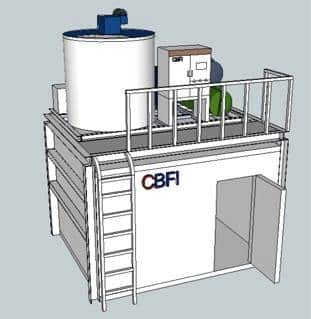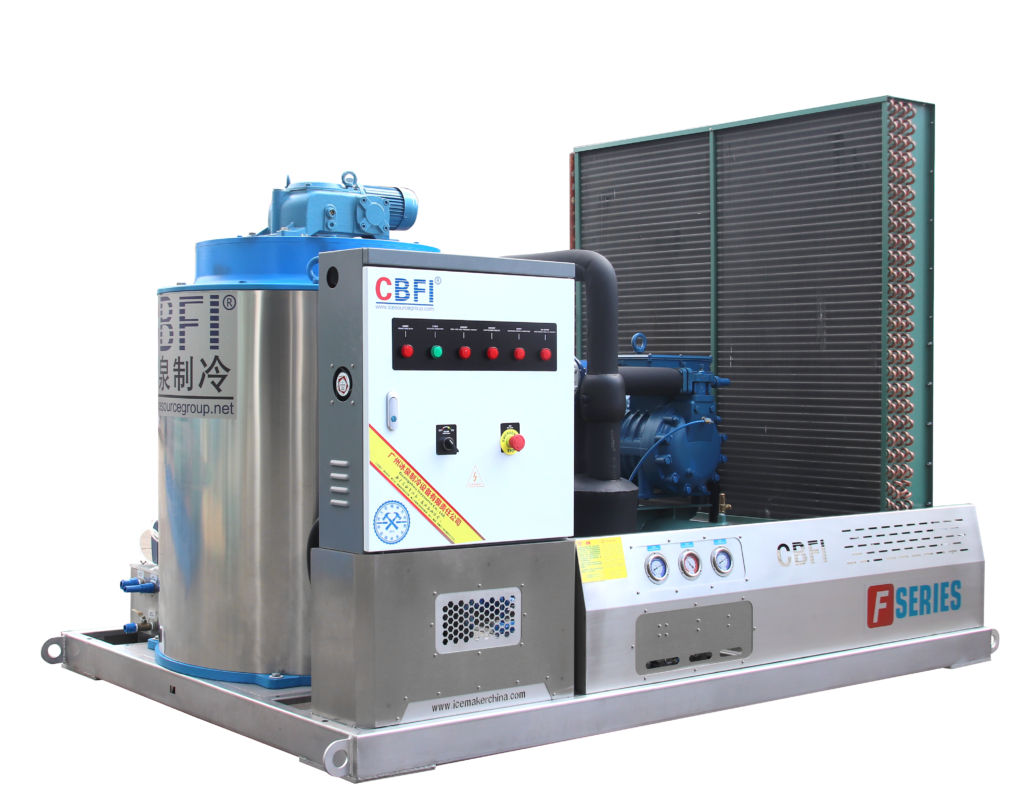I. Introduction
As a versatile and widely-used form of ice, flake ice has numerous applications in various industries, including seafood processing, concrete cooling, and medical facilities. Understanding the production process is crucial for ensuring the quality and efficiency of flake ice production. This article will explore the science behind flake ice production, the production process itself, and the advantages of using flake ice.
II. The Science Behind Flake Ice Production
Flake ice differs from other types of ice in that it has a flat, thin shape that allows for greater surface area and cooling capacity. The production process combines temperature, pressure, and refrigerants to create flake ice, ideal for various applications. Using a flake ice machine is a popular option for ice production, as it offers several benefits over other methods.

III. Flake Ice Production Process
The production process begins with water treatment and filtration to remove impurities that can affect the quality of the ice. The water is then frozen and scraped off in thin layers to create the characteristic flat shape of flake ice. The ice is stored in a bin and transported to the intended destination. Regular maintenance and machine cleaning are also essential for consistent and efficient production.
IV. Factors Affecting Flake Ice Production
Several factors can affect the quality and efficiency of flake ice production. Water quality and temperature are crucial for creating ice free of impurities and with suitable characteristics. Ambient temperature and humidity can also affect the production process, as they can impact the speed of ice formation and the amount of water that needs to be frozen. Machine size, capacity, operator skill, and training are essential factors.
V. Advantages of Flake Ice Production
Using flake ice production has several advantages over other methods. Flake ice has a greater cooling capacity and faster cooling times than other types of ice, making it ideal for specific applications. It also has lower energy consumption, reducing operating costs. Additionally, flake ice reduces the risk of equipment damage, as it is less likely to cause mechanical stress on machinery.

VI. Conclusion
Flake ice production is a complex process that requires careful consideration of several factors. By understanding the science behind flake ice production and following proper procedures, businesses can ensure efficient and high-quality ice production. Contact us and choosing the suitable machine and following safety procedures are essential for successful flake ice production.
